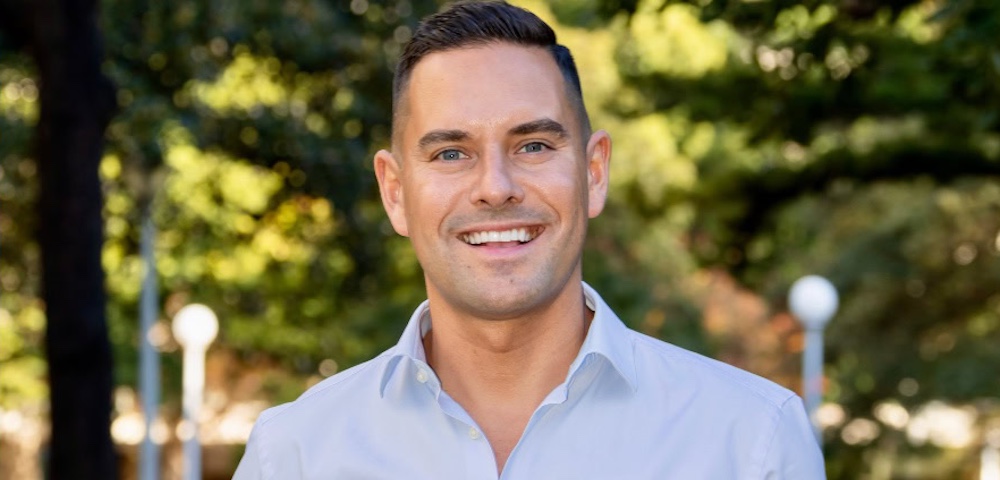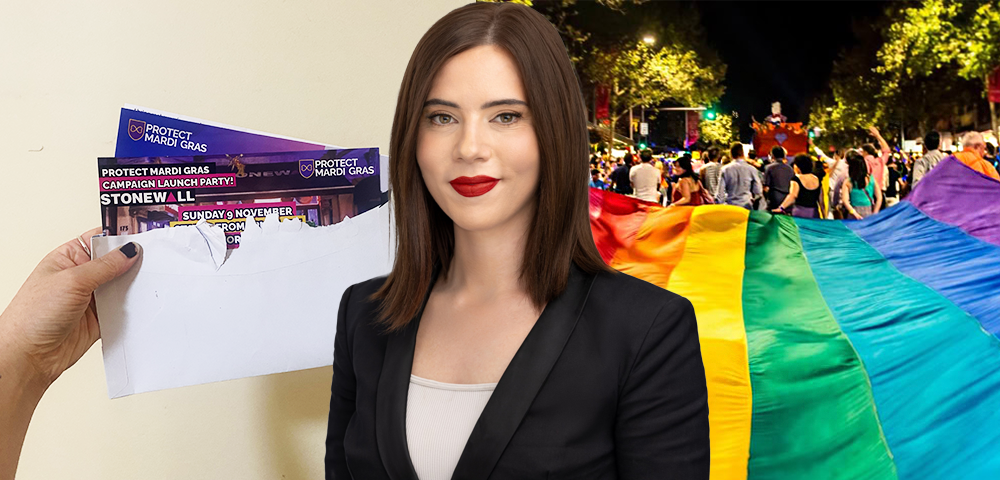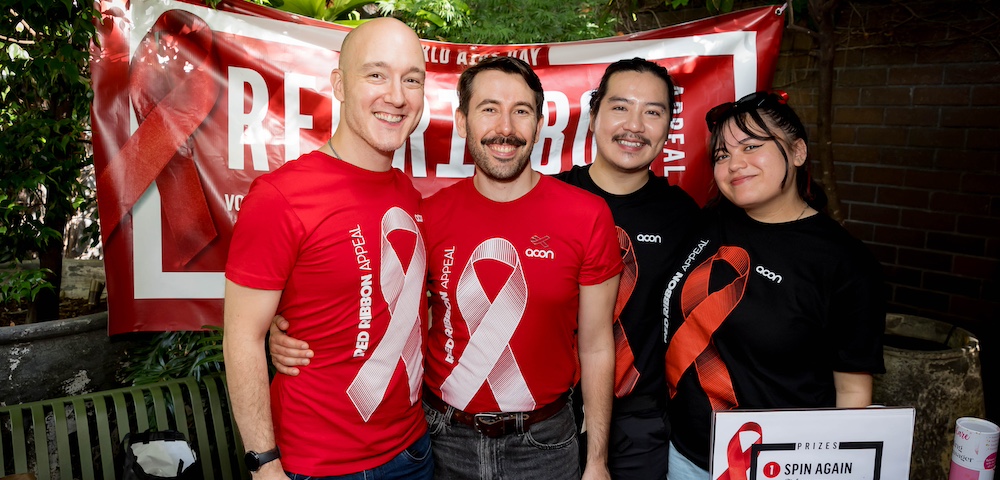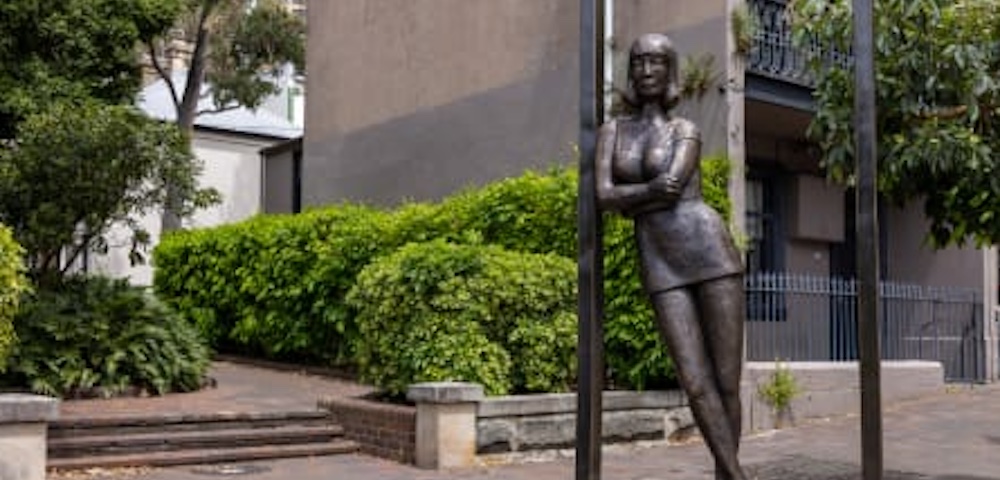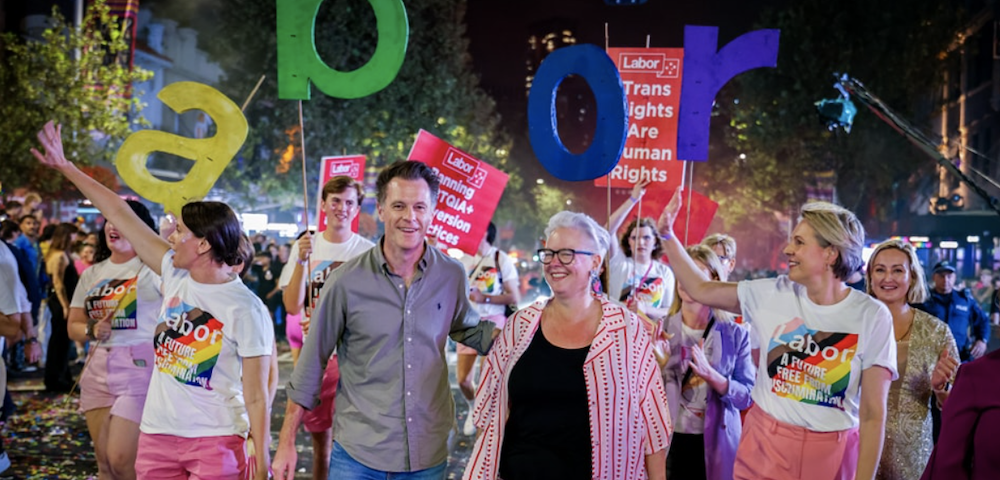
Hear, hear for queer radio
A full-time gay and lesbian community radio station in Sydney would be viable, experts claim. After all if Melbourne can support one, why not here?
The trial broadcasts by Out FM and Free FM in 2000 received strong support from the gay and lesbian community, with then ABA head Professor David Flint admitting there was a substantial need for such a service, regardless of the provider.
However, on balance, the ABA was not persuaded that the needs of the gay and lesbian community were greater than the needs of the communities represented by FBi, Gadigal and Muslim Community Radio, Flint wrote in explanation.
When a third well-supported application by Queer Community Media Inc was rejected last December, the man behind the bid moved on to Queensland youth radio, but still holds hope for Sydney.
I would jump on any opportunity for a new community licence, but they’re quite a scarce resource and it’s a very politically motivated process, QCMI president David Hamilton said.
There are alternatives, which Hamilton has considered, including waiting for digital radio or purchasing a Low Power Open Narrowcast licence for narrow appeal, valued at around $5,000 in metropolitan areas.
A good 70-80 percent of LPONs are owned by the Christian Radio Network, so they’re hard to get hold of, Hamilton said.
It really upsets me that fundamentalist groups are well and truly in a position to reach their audience with the commercial narrowcast licences, and yet they’re still given preferential treatment in the community allocations.
The increased spectrum of digital radio is still some years away, and the final say on the limited community licences falls to the communications minister, but for those who do pick up an LPON the path isn’t always paved with gold.
Beat FM’s David Hiscock said the gay and lesbian music station switched from FM to internet-only broadcast because of the costs involved in staying on air in Sydney.
We started in Leichhardt studios and had live presenters on all our shows. It just wasn’t feasible to maintain that once the studio owners upped the rent, Hiscock said.
We’ve got about 10 times more listeners than we started with on FM, mostly from overseas, and the advertisers are coming to us now.
Local presenter Stephen Pickells from 2SER’s QueerNoise agreed that advertising alone might not support a local-focus community station.
Our station is funded largely by subscribers and we’re all volunteers. I believe we have a larger community than Melbourne. If people were willing to get behind it, it’d be an excellent idea, he said.
Sydney could really use a 24-hour service. Our show is only an hour out of a week, similar with Lesbian Open House on Eastside Radio.
Joy FM program manager Leenie Fabri believed the inner-city Melbourne station’s continuous 13-year run has continued because they’ve ensured every section of the community is reached with specific programming.
The mainstream TV and radio presents the idea that the queer community is just Mardi Gras and dance parties. There’s more than just that and we try to reach them, Fabri said.
During business hours, we have a music-based format, which also has a talk program called the Lunch Box which is quite listener-involved. After hours we have specialty programs, like for youth, seniors, multicultural affairs, sports and comedy.
Fabri said the station had a number of Sydney listeners, as well as an international audience that interacts with the on-air presenters via email.
For people, particularly from regional areas and people interstate, we’ve been a vital resource, she said.
For more information contact thequeernoise@2ser.org, visit http://beatfm.com.au or http://joy.org.au.





